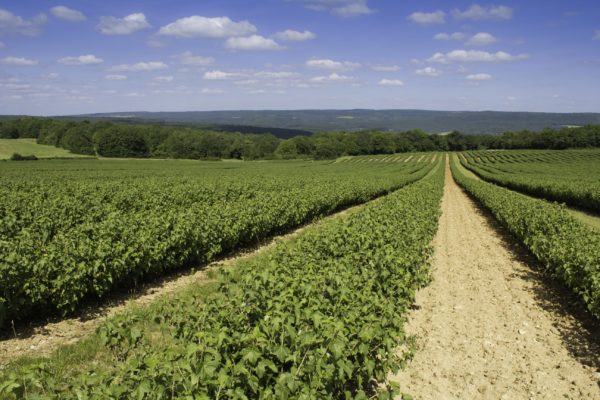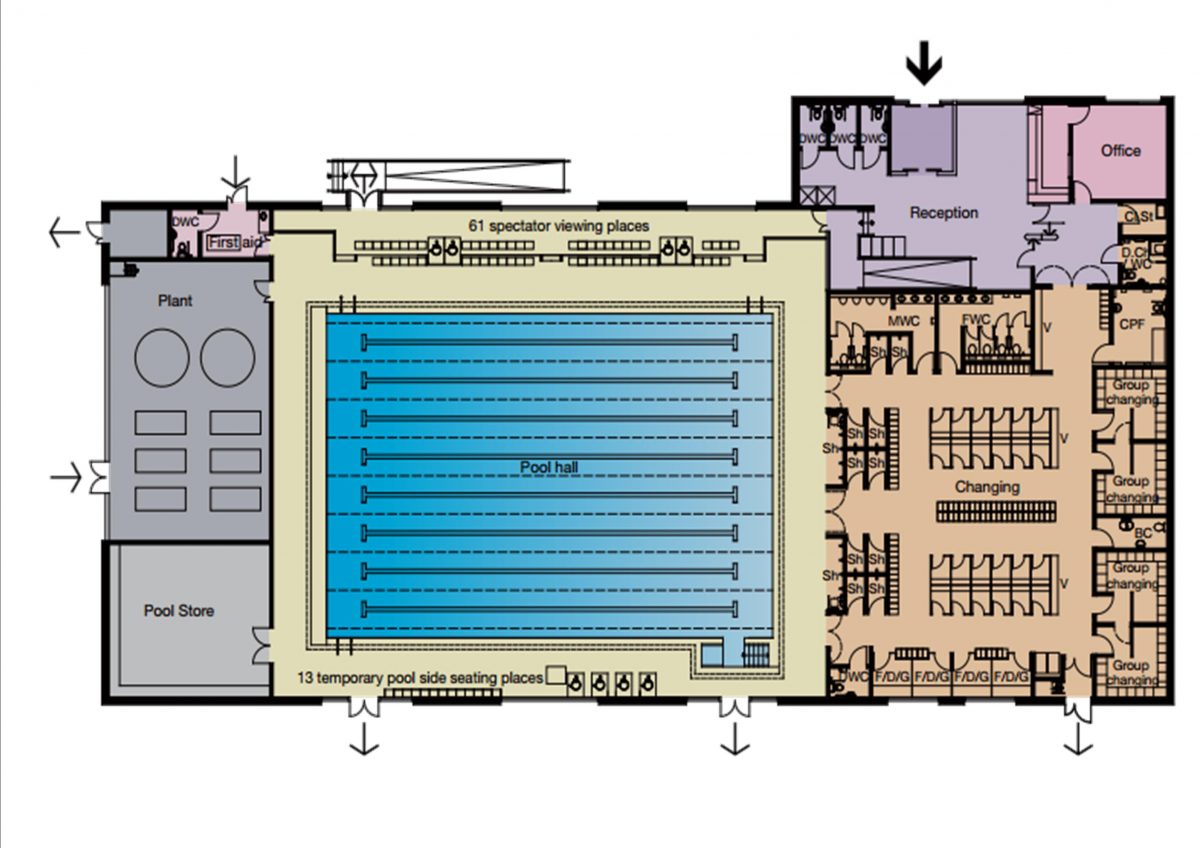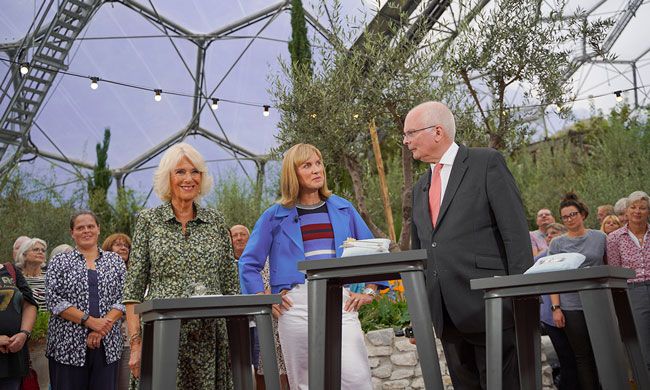Cassis Blackcurrant: Production And Cultivation

Table of Contents
Understanding Cassis Blackcurrant Varieties and their Characteristics
Choosing the right Cassis blackcurrant variety is crucial for successful cultivation. Different varieties exhibit unique characteristics impacting yield, flavor profile, disease resistance, and suitability for specific applications. Factors like your climate and intended use – whether for jam making, juice production, or other purposes – should guide your selection.
-
Key Characteristics to Consider:
- Yield: The quantity of berries produced per plant.
- Ripening Time: The period when the berries reach optimal maturity.
- Berry Size: Influences processing efficiency and market appeal.
- Flavor Profile: The intensity of tartness, sweetness, and aroma.
- Disease Resistance: The plant's ability to withstand common blackcurrant diseases.
-
Popular Cassis Blackcurrant Varieties:
- Ben Lomond: Known for its high yield and excellent flavor, suitable for both fresh consumption and processing.
- Ben Sarek: A hardy variety with good disease resistance, ideal for colder climates.
- Titania: Produces large berries with a rich flavor, popular for jam making.
- Blackdown: A vigorous variety with a good balance of yield and fruit quality.
- Baldwin: Noted for its exceptionally large berries and resistance to certain diseases.
Optimal Climate and Soil Conditions for Cassis Blackcurrant Cultivation
Cassis blackcurrants thrive in specific climatic and soil conditions. Understanding these requirements is paramount for maximizing yields and fruit quality.
-
Ideal Climate Conditions:
- Temperature: Cassis blackcurrants prefer cool climates with average temperatures between 10-20°C (50-68°F) during the growing season. They tolerate frost but prolonged periods of extreme heat can negatively affect fruit production.
- Sunlight: They require at least 6-8 hours of direct sunlight per day.
- Rainfall: Consistent rainfall is essential, ideally around 750-1000mm annually. However, ensure good drainage to prevent waterlogging.
-
Suitable Soil Conditions:
- Soil Type: Well-drained, fertile loam or sandy loam soils are ideal. Avoid heavy clay soils prone to waterlogging.
- pH Level: A slightly acidic to neutral soil pH (6.0-7.0) is optimal.
- Nutrient Content: Cassis blackcurrants require adequate levels of potassium and phosphorus for optimal growth and fruit development. Soil testing is recommended to determine nutrient deficiencies. Amendments like compost or well-rotted manure can improve soil fertility.
Planting and Propagation Techniques for Cassis Blackcurrants
Successful Cassis blackcurrant cultivation begins with proper planting and propagation. Several methods exist, each with its own advantages.
-
Propagation Methods:
- Cuttings: A common method involving taking stem cuttings from healthy plants and rooting them.
- Layering: Bending a stem to the ground, covering it with soil, and allowing it to root before separating it from the parent plant.
- Grafting: Joining a scion (desired variety) onto a rootstock (different variety) to combine desirable traits.
-
Planting Techniques:
- Step-by-step guide to planting Cassis blackcurrant cuttings: Prepare the planting hole, ensuring good drainage. Dip the cutting in rooting hormone. Plant at the correct depth, ensuring the buds are above the soil line. Water thoroughly.
- Spacing: Maintain a spacing of 1.5-2 meters (5-6 feet) between plants to allow for optimal air circulation and prevent overcrowding.
- Best Planting Time: Early spring or autumn is generally recommended, allowing the plants to establish themselves before the next growing season.
Cassis Blackcurrant Pest and Disease Management
Cassis blackcurrants are susceptible to various pests and diseases. Implementing effective management strategies is critical for healthy growth and high yields.
-
Common Pests and Diseases:
- Birds: Netting can protect ripe berries.
- Aphids: Use insecticidal soap or neem oil.
- Powdery Mildew: Improve air circulation, use fungicides as needed.
- Leaf Spot: Remove infected leaves and practice crop rotation.
- Reversion Virus: Use certified virus-free plants.
-
Integrated Pest Management (IPM): A sustainable approach that combines preventative measures, biological controls, and chemical controls (only when absolutely necessary and using approved products responsibly) to minimize pest and disease impact.
Harvesting and Post-Harvest Handling of Cassis Blackcurrants
Proper harvesting and post-harvest handling are crucial for maintaining the quality and extending the shelf life of Cassis blackcurrants.
-
Optimal Harvesting Time: Harvest when berries are fully ripe, exhibiting a deep, dark color and a slightly soft texture. The ideal ripeness depends on the intended use; some applications may prefer slightly less ripe berries.
-
Harvesting and Handling:
- Techniques: Harvest gently to avoid bruising, using appropriate containers to prevent damage.
- Storage: Refrigerate harvested berries quickly to maintain quality and prevent spoilage. Freezing is also a viable option for long-term storage.
Conclusion: Mastering Cassis Blackcurrant Production and Cultivation
Successfully cultivating Cassis blackcurrants requires a comprehensive understanding of variety selection, optimal growing conditions, proper planting and propagation techniques, effective pest and disease management, and careful post-harvest handling. By paying close attention to these details, you can significantly increase your chances of achieving high yields of superior-quality berries. Ready to embark on your own Cassis blackcurrant cultivation journey? Learn more about optimizing your yield and achieving superior quality through careful planning and diligent execution. Explore further resources on blackcurrant cultivation to enhance your knowledge and skills.

Featured Posts
-
 Supera Al Arandano Este Superalimento Protege Contra Enfermedades Cronicas Y Promueve La Longevidad
May 22, 2025
Supera Al Arandano Este Superalimento Protege Contra Enfermedades Cronicas Y Promueve La Longevidad
May 22, 2025 -
 Love Monster Promoting Healthy Relationships Through The Story
May 22, 2025
Love Monster Promoting Healthy Relationships Through The Story
May 22, 2025 -
 Problemen Met Online Betalingen Voor Abn Amro Opslagruimte
May 22, 2025
Problemen Met Online Betalingen Voor Abn Amro Opslagruimte
May 22, 2025 -
 Wtt Press Conference Unveils Innovative Competitive Concept
May 22, 2025
Wtt Press Conference Unveils Innovative Competitive Concept
May 22, 2025 -
 Nices Bold Plan A State Of The Art Olympic Swimming Pool Facility
May 22, 2025
Nices Bold Plan A State Of The Art Olympic Swimming Pool Facility
May 22, 2025
Latest Posts
-
 Uk Arrest American Couples Antiques Roadshow Appearance Results In Charges
May 22, 2025
Uk Arrest American Couples Antiques Roadshow Appearance Results In Charges
May 22, 2025 -
 Bbc Antiques Roadshow Arrest Follows Us Couples Appraisal
May 22, 2025
Bbc Antiques Roadshow Arrest Follows Us Couples Appraisal
May 22, 2025 -
 Bbc Antiques Roadshow National Treasure Trafficking Leads To Prison Sentences
May 22, 2025
Bbc Antiques Roadshow National Treasure Trafficking Leads To Prison Sentences
May 22, 2025 -
 Antiques Roadshow Appearance Leads To Arrest Of American Couple In Uk
May 22, 2025
Antiques Roadshow Appearance Leads To Arrest Of American Couple In Uk
May 22, 2025 -
 Jail Time For Antiques Roadshow Pair National Treasure Smuggling
May 22, 2025
Jail Time For Antiques Roadshow Pair National Treasure Smuggling
May 22, 2025
